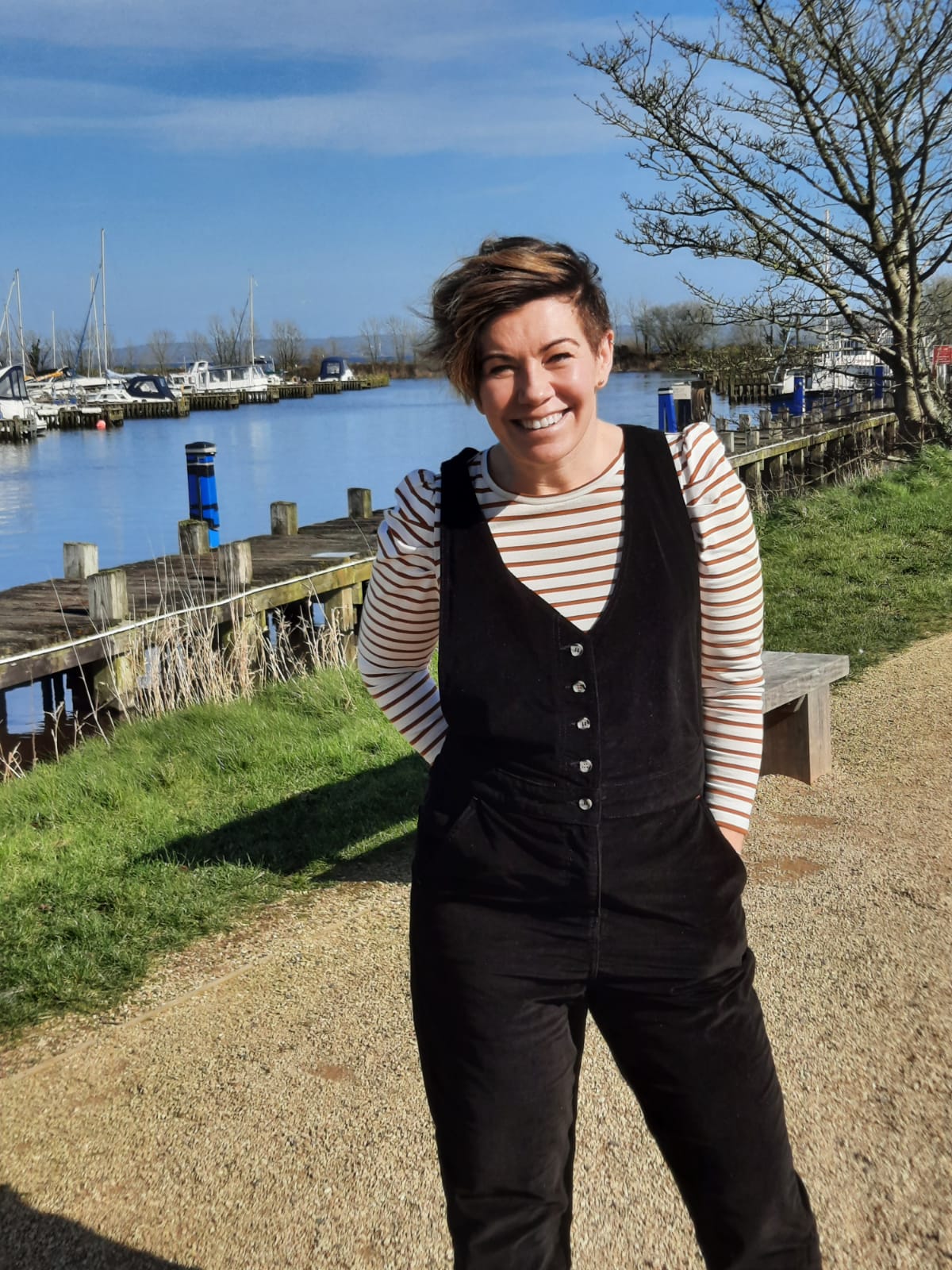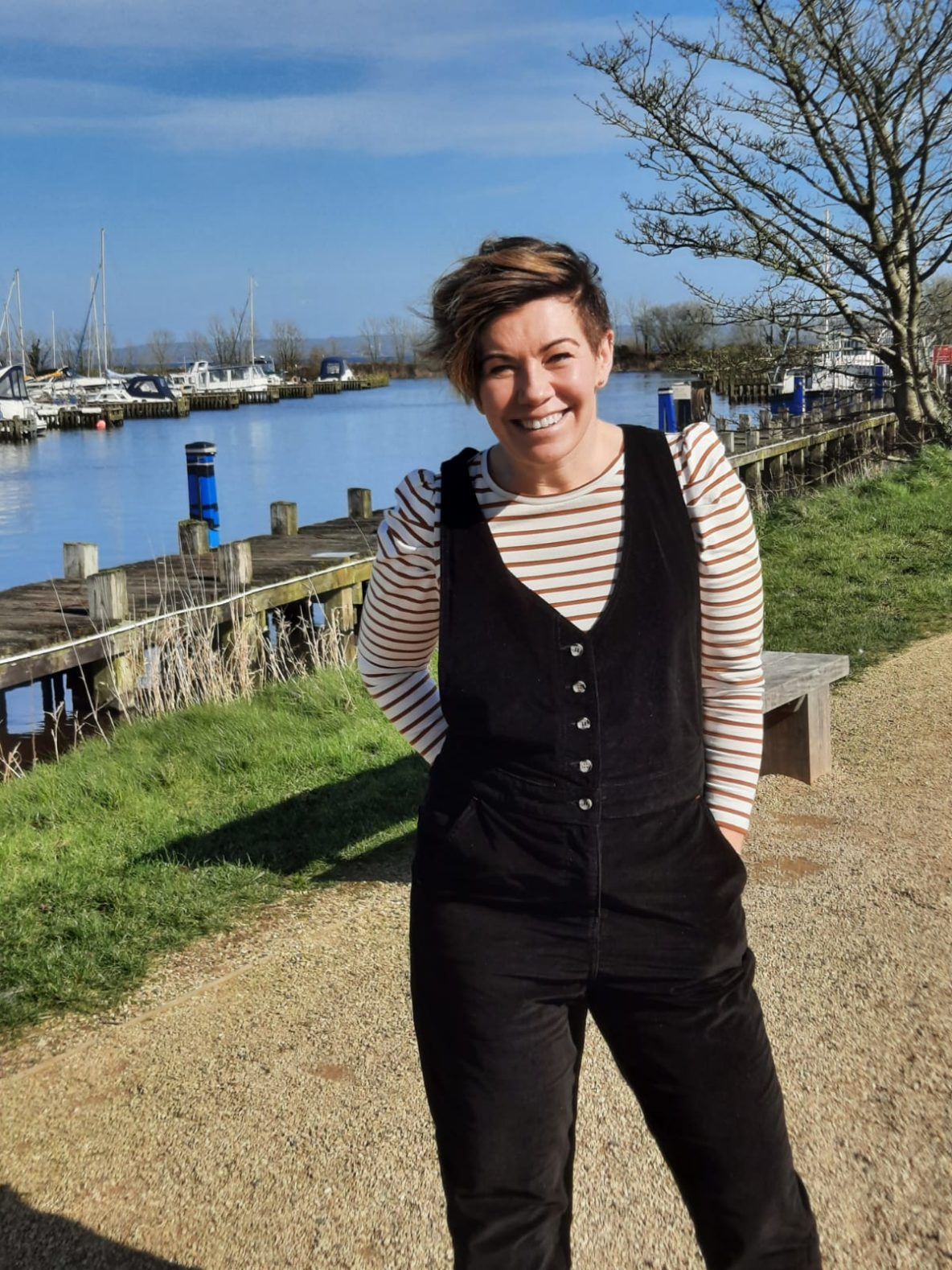
Share this Post
Configuring 24-hour stroke thrombectomy services to save more patient lives
“My stroke was so massive that without a thrombectomy I’d have died,” says Clodagh, a police detective from Northern Ireland, who had a stroke in 2015 aged just 35. “I owe my life to the specialist team from the Royal Hospital Belfast who cut short their Easter break to save me with a novel procedure.”
Now a thrombectomy, which involves the removal of clots blocking blood vessels in the brain with a stent retriever to provide immediate blood flow, has become mainstream. “It’s a game changer. Research shows you need to treat fewer than three stroke patients with a mechanical thrombectomy to save one person from being left with severe disability,” explains Dr Peter Keston, a neuroradiologist from NHS Lothian, Edinburgh.
Major service reconfiguration
But to translate the NHS Long Term Plan’s ambition to deliver a ten-fold increase in patients receiving thrombectomy by 2022, stroke services across the UK need to undergo major reconfiguration.
Estimates suggest the number of interventional neuroradiologists needs to increase to almost 150. Such levels are required to ensure services are staffed 24 hours a day, seven days a week because strokes (as in the case of Clodagh who had her stroke around midnight) do not occur conveniently during office hours.
Other issues include establishing a robust network of neuroscience centres (where a thrombectomy is delivered) and ensuring centres get sufficient patient volumes to guarantee continued expertise.
Clodagh was lucky to be in Belfast when her stroke happened. For millions of people in the UK if they have a stroke, they will not receive a mechanical thrombectomy, simply due to geographical location. Receiving a mechanical thrombectomy could mean walking out of the hospital a couple of days later. Not receiving the service could mean never being functionally independent again, or worse.
Timely referrals are the key to more successful mechanical thrombectomies. Referring a patient to a thrombectomy centre more than six hours after their stroke onset is significantly reducing that patient’s chance of recovery and for some, survival. “Witnessing a mechanical thrombectomy is inexplicably moving because of the immediate visible recovery of the patient” explains Áine Murphy, International Marketing Manager, Acute Ischemic Stroke, Phenox GmbH.
Neurointervention is an innovative field of medicine and for the teams involved in delivering mechanical thrombectomies it is more than just a job.
A&E staff need help identifying candidates
Fundamental to the success of any future service will be the ability of A&E to identify the 10% of ischaemic stroke patients suitable for thrombectomy. Clodagh is all too aware that she would never have been transferred to the specialist neuroscience centre without quick thinking of A&E doctors who spotted her suitability.
Clodagh sees her experience as illustrating the need for thrombectomy services to be available 24 hours a day, seven days a week. With shorter time delays, she believes she would have suffered less long-term disability.
“Yes, I’m grateful to be alive, but due to the 10-hour delay in receiving treatment large parts of my brain have died,” says Clodagh who has lost function in her right arm, needs a splint to walk, and struggles with swallowing. “On the positive side I’m back working full-time and have retrained to be a detective when I could no longer get out on the beat. It’s all about focusing on what I can do and learning how to do things differently.”
This article is published in the Guardian Newspaper. You can also read the full article here.

